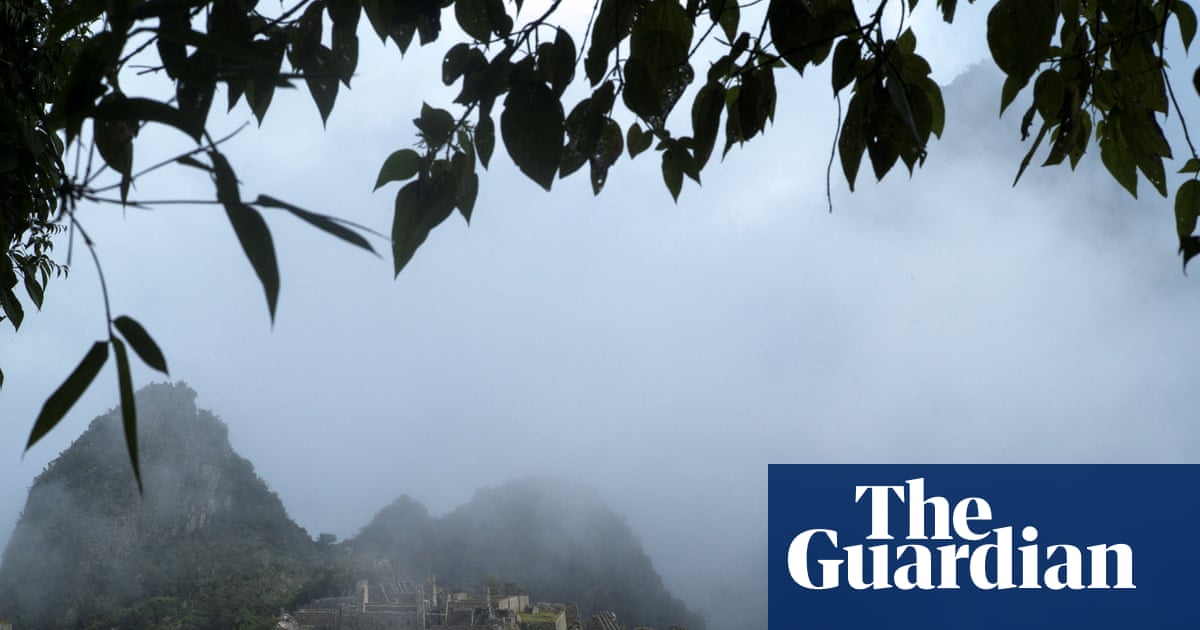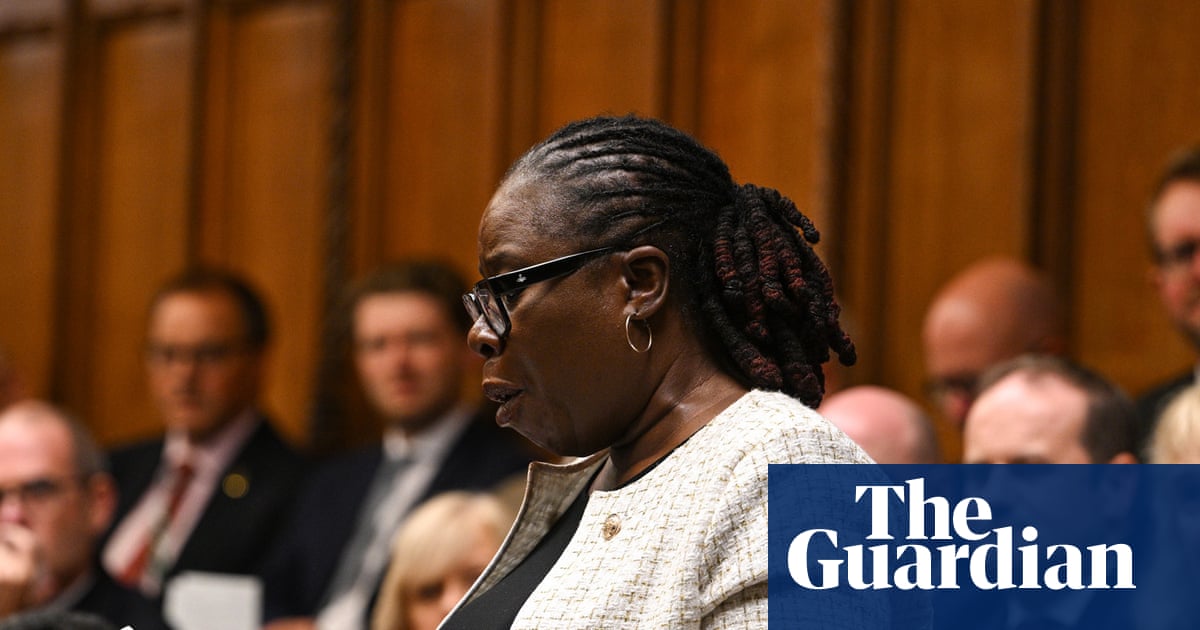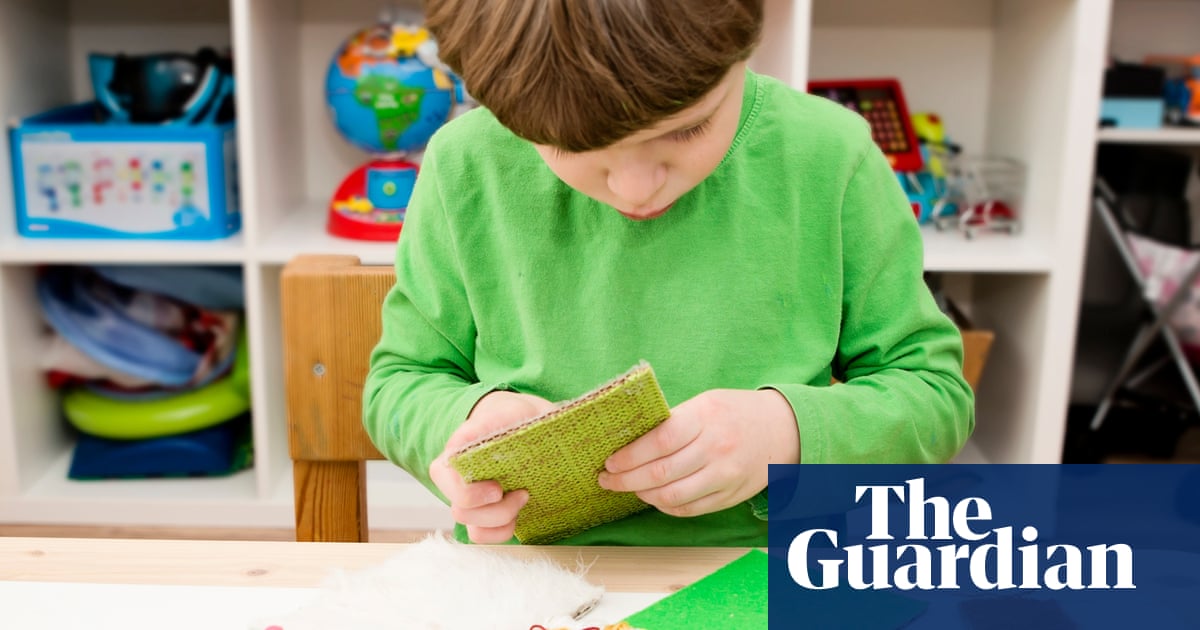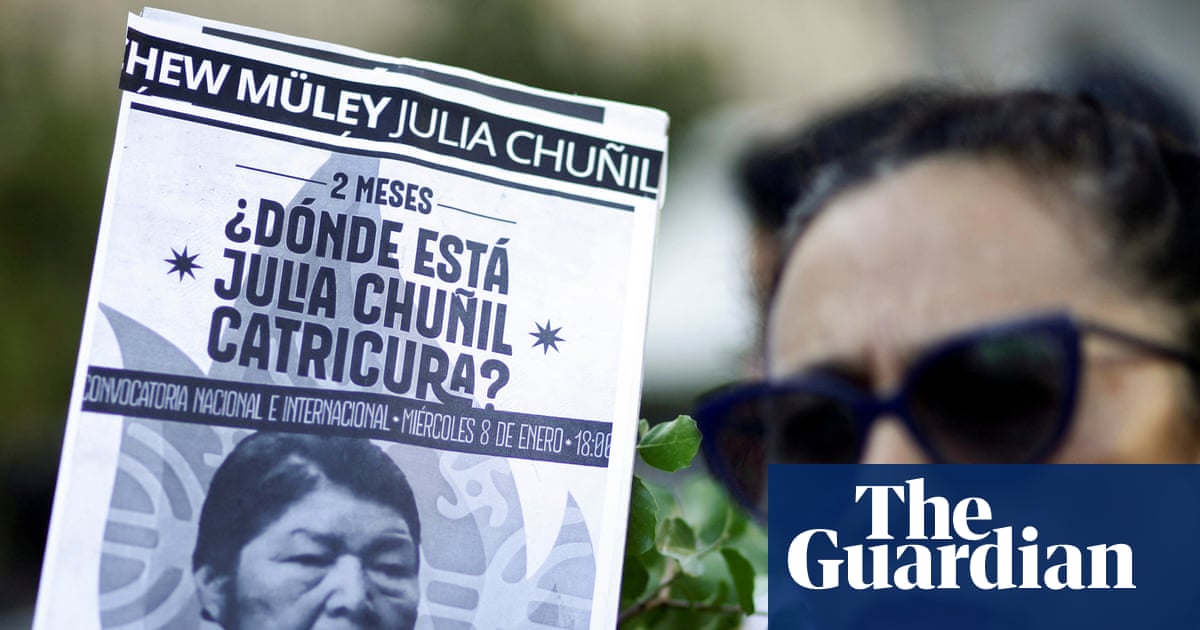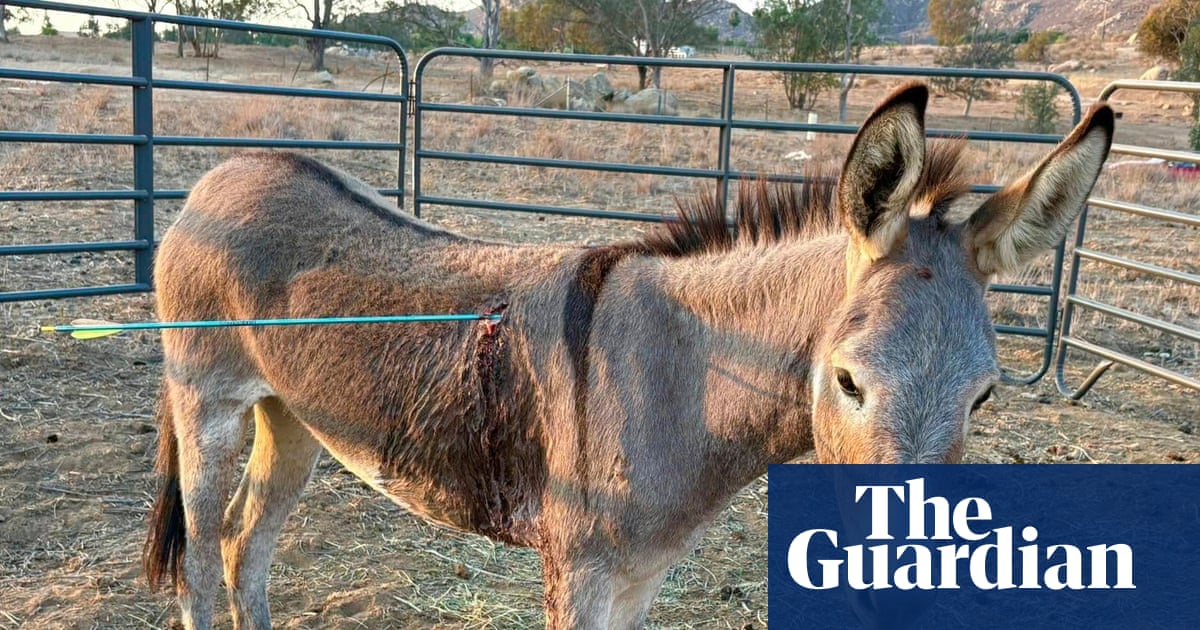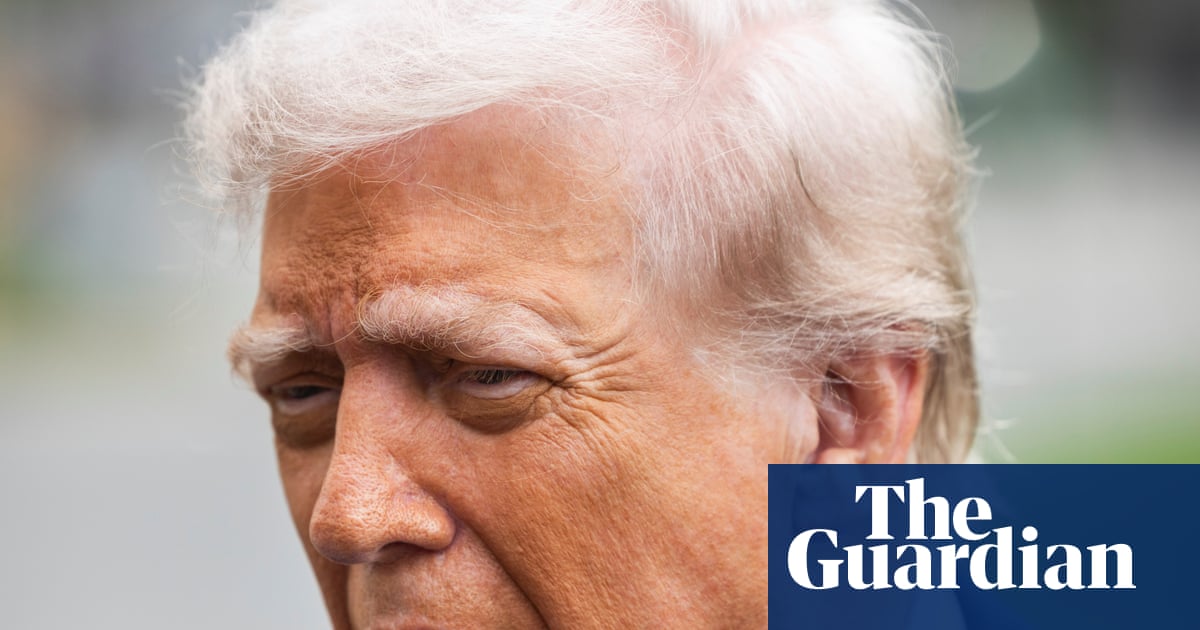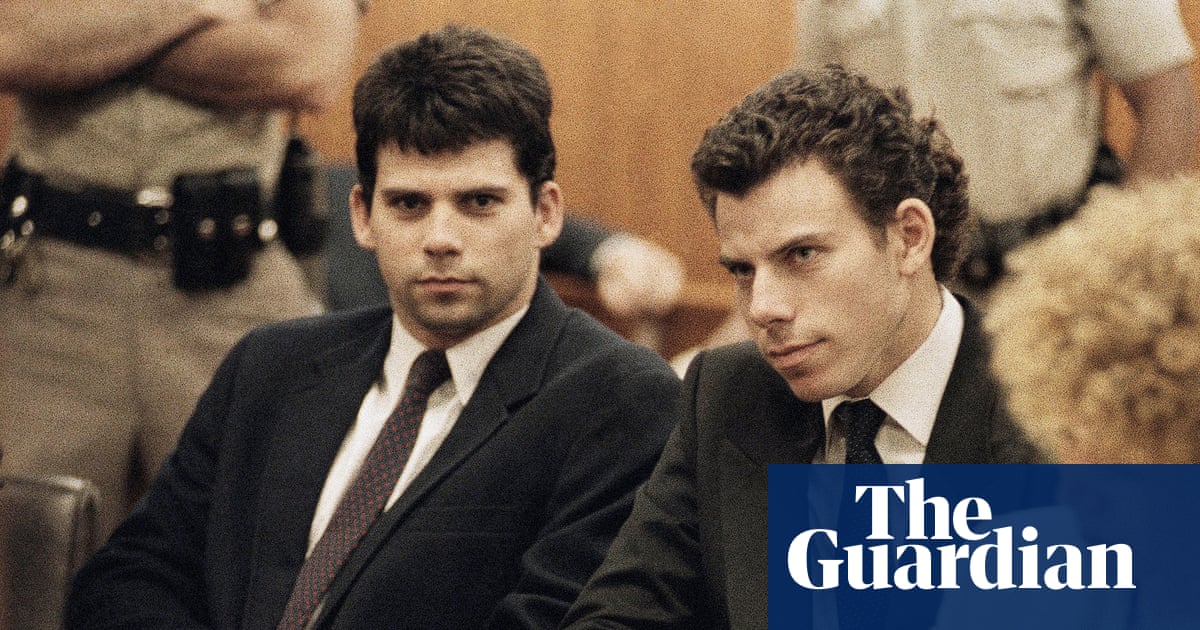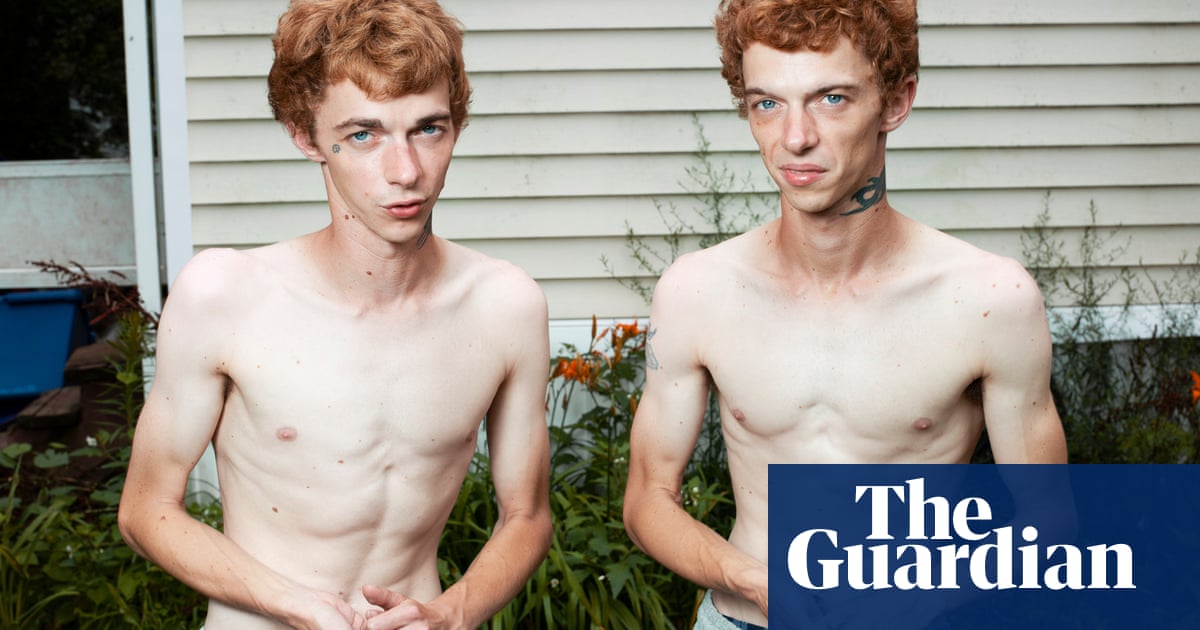Much of the world doesn’t have a clue what to do about child poverty, or even when to do it. In the UK the Labour government recently delayed its flagship policy on tackling the issue until the autumn. But if you’re looking for inspiration, it might be worth asking what Slovenia has been getting right. The country has the lowest rates of child poverty in Europe.
Why? The glaringly obvious reason is that Slovenia is a very economically equal country. “The heritage of the social state, from communist times, is still here,” says Marta Gregorčič, a professor at the Institute of Macroeconomic Analysis and Development, which addresses household distress and poverty.
However, this is more than a broad-spectrum equality story. There is a deep, stated commitment to eradicating child poverty in Slovenia, and you can read that in various and sometimes counterintuitive ways. There is a national action plan for children across all kinds of metrics: affordable early years care; educational inclusivity, particularly for Roma children; protective measures on mental health; access to housing – which is transparent and prioritised. The country has “very strong humanitarian and civil organisations,” says Gregorčič, but Slovenians also take as given that it is everyone’s job to make sure kids don’t get siloed by social class. And then, seeing one of those organisations up close, one driver of the country’s success surfaces constantly: they are never satisfied; one child in poverty is too many.
The numbers speak for themselves – the amount of children at risk of deprivation in Slovenia is 10.3%, just under half the EU average of 24.4%, according to Eurostat. The UK is no longer included in these figures, but for comparison, a separate Unicef study found that the UK was third from bottom of the OECD in 2021, and that only Turkish and Colombian children were more likely to be living below the poverty line. Slovenia, in that study? Still first.
I’m here to visit Zveza Anita Ogulin & ZPM (ZPM for short), a children’s charity in the east of Ljubljana, in a set of low-rise municipal buildings on a tidy, grass-banked street whose name translates as Proletarian Road. Doris Rojo, its head of communications, is annoyed that it gets these buildings rent-free from the state, but has to pay rent on the larger site opposite, which houses a community centre and food bank.
Rojo refers frequently to the “socialism that is left from the past”, to explain many features of a Slovenian childhood: the custom of cooked meals at school that lots of children don’t pay for, for instance, or the idea that kids have a right to a holiday, by the sea or in the mountains, and no one would think of organising a group trip that didn’t include a cross-section of social classes. “This was considered part of life,” Rojo says. “Everyone went on holiday, at least once a year. The state even owned apartments by the sea, available for workers on reduced terms.” Somehow, capitalism never attained the status of inevitability or modernity in Slovenian policy discourse – just a different way of doing things, that is only sometimes better. When they call a street after the proletariat, they don’t mean that in a bad way.

“Social protection policy in Slovenia has always quite strongly supported families and children,” Gregorčič says, noting that female workforce participation has a long history, going back to the second world war. “All these policies for women in the labour market, all the subsidies for parental leave, I believe contribute to a lower risk of poverty.” She goes on to list these assistances and allowances: “maternity and paternity leave at 100% pay; the right to reduced working hours; a childbirth grant; breastfeeding breaks; allowances for large families; allowances for childcare if you have children with disabilities; quite a significant child allowance – €115 a month for the first child in low income households”.
Policy, history and social cohesion interact in subtle ways. Female workforce participation has also created a tradition of grandparental childcare, but family help is only part of the picture. Peter Wostner, a policy expert at the Institute of Macroeconomic Analysis and Development, describes this geographically. “We’re a very small country, which internally is very diverse. To give you a flavour – there are 33 or 34 regions within Slovenia by which people principally identify themselves – a similar number of different dialects, different cuisines, different everything. Why am I mentioning that? Because of that element of community, the networks within these areas are strong.” Perhaps more generous attitudes created the conditions for a solid social safety net, or perhaps the security creates more generosity, or more likely they’re in a feedback loop.
Covid triggered a scramble for emergency support common to many European nations, but its aftermath brought on a deeper consideration of the struggles many working families faced here. In 2021, a new child welfare advisory group was formed made up of NGOs, the local Unicef branch and the government-funded Social Protection Institute. Among other things, it consulted 37 children aged 12 to 15 from all over Slovenia, who made proposals on a draft child guarantee action plan. It had fast, concrete results – 13,000 of the most deprived children were guaranteed computer access by 2024 – and the overall finding was that they needed a “social protection system for the entire family, not only for the child in need within the family. After all, a child is part of a family and shares the same fate as its other members.” Maybe that sounds obvious, that you can’t get serious about children’s dignity and life chances if you’re not also serious about their parents’ wages and rents.
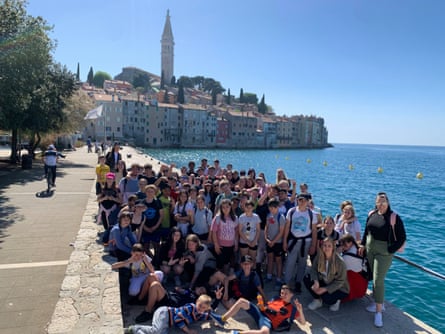
Economists like Gregorčič will acknowledge the “strong social protections for families”, but she immediately moves on to stubborn pockets of deprivation: “the migrants, Roma, the homeless, the erased”. (When Slovenia declared independence in 1991, 25,000 people were removed from the registry of permanent residents, thereby losing social and civil rights, and disappearing from the statistics). “There were 5,000 children among them, and now they are grown up,” Gregorčič continues, “but it is still a huge problem, the marginalised groups who are missing from the statistics.”
The assembled team at ZPM – Rojo, plus Tea Dorić, a social worker, Julija Mišič, the communications lead, and Živa Logar, programme coordinator – also give short shrift to the child-poverty rankings, because the numbers are going in the wrong direction. “We still have 41,000 children living under the poverty line,” Rojo says, “and these are not just numbers, they are people.” Slovenia’s population is small – two million; if that were scaled up to a UK-sized population, it would equate to 1.5 million kids. In fact, in the UK there are 4.5 million children living in poverty, almost a third. It’s almost as if our runaway numbers have washed away our seriousness of purpose.
Dorić is technically not a social worker but a social pedagogue – a more holistic form of careworker, concerned with equality and relationships as much as material needs. A lot of European countries practise social pedagogy (Poland, Hungary, Spain, Germany), which if you describe it conceptually sounds kind of: “Meh, don’t we all do that?” You need examples to really get it. Yvalia Febrer, an associate professor of social work at Kingston University, offered this: “In the UK, you’ll get a social worker who will say, ‘I’m little Jonny’s social worker, I’m not your social worker, even though you’re his mum. I’m not interested in your housing issues … I’m just looking at his needs, and whether they’re being met. If you’re not able to meet them, then that’s neglect.’ A social pedagogue will say: ‘If the problem is housing, let’s fix the housing.’”
Dorić is the first social pedagogue I’ve met in real life, and she is everything about that model you would dream of: fierce, imaginative, indefatigable, humane. “We are trying to say to the wider public, children are not inherently bad. They’re amazing, they’re so loving and smart, they are doing regular things.” Mišič chimes in: “Society is bad, not the children. Our parents can’t pay the bills, they can’t buy food, they can’t go on holiday, they are alone.”
ZPM started as a charity providing holidays, nearly 70 years ago, but it has expanded its mission to provide a range of services – extra tuition, financial support, therapy, youth groups, food parcels (particularly during Covid) and financial advice. “It’s hard to tell someone how to better manage their finances if you know that they don’t have enough. Families will spend a long time walking the line of just about meeting their family’s needs, and then one crisis, and the debt keeps on growing. It snowballs,” Mišič says.
That collective memory of a socialist past cuts two ways. “There is a perception that people who are employed cannot be poor. People find it hard to imagine even when it’s happening to them,” Mišič continues. Rojo says the stats are lagging the reality: “But what we are facing really, is that the children we’re working with, who are now in poor families, are mainly those where one or both parents work.”

Across the road from ZPM, at the youth and community centre, Nuša Lesar, a well-known TV presenter, is running a workshop for teenagers; behind that, there’s a food bank, crates of identical flour and supplies, plainly corporately donated; in a third room, I met Vedran Jovanovski, 14, and Tamara Grozden Mirosavlejevič, 11. Vedran is a migrant from North Macedonia; his father is a barber, his mother was a social worker but has to retrain to work in Slovenia. They moved two and a half years ago. His English is excellent, as is his Slovenian. “For older people, like my mum, it’s more difficult. But it’s not that hard.” He wants to be an engineer or an architect, and already dresses like one – natty skinny trousers and a blazer.
“We had our own house in Macedonia; my dad had his own barber shop. We had everything, but the situation there is not good,” he says. (The country is politically turbulent and riven with corruption.) “We didn’t come here with friends – we just decided on our own to move and got here, didn’t know anything. But we kind of fitted in with people, and with society.” Tamara is quieter. Her mother is a doctor, her father died a few years ago. She loves to dance and teaches younger children traditional Slovenian moves, but both of them come to the children’s centre for extra tutoring. She doesn’t want to be a doctor because she can’t stand the sight of blood, but that’s as far as she’s got on the career planning, which is fair enough. She’s only 11.
A core principle of the children’s centre, the holidays, the third sector overall, is that kids shouldn’t be excluded from anything because of their income or class, whether that’s TV workshops or computers or holidays by the sea.
In so many ways, the Slovenian story traces that of western democracies everywhere: welfare states have been contracting since the financial crisis. That might show up immediately as a direct impact – Gregorčič describes “restrictive measures straight after the financial crash, which stopped child allowances being a human right; they became a social right. At that time, childhood poverty rose a lot.” Or it might show up over time as wage erosion and underfunded public services, and that arc would be familiar across a large number of countries.
But where Slovenia differs is in the amount of child deprivation it will tolerate. “We know they are not hungry at school,” Gregorčič says. “We have free meals in school. We know they are surviving, to say it really harshly. But I, for example, am not proud.” Child poverty isn’t the only area where Slovenia ranks high; it’s one of the safest countries in the world; it has the third largest share of forests in Europe. “Five years ago, we started not even comparing ourselves to the EU average [for social health indicators],” Wostner says. “We benchmark ourselves against the innovators. We’re not interested in the US model, we’re not interested in the Asian model – we’re going in the direction of the social innovation leaders, which is the Nordic model.” I met no one who celebrated having the fewest deprived children in Europe; it seems you can’t get this right unless your target figure is zero.

 3 months ago
115
3 months ago
115

